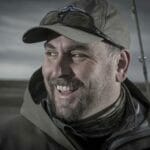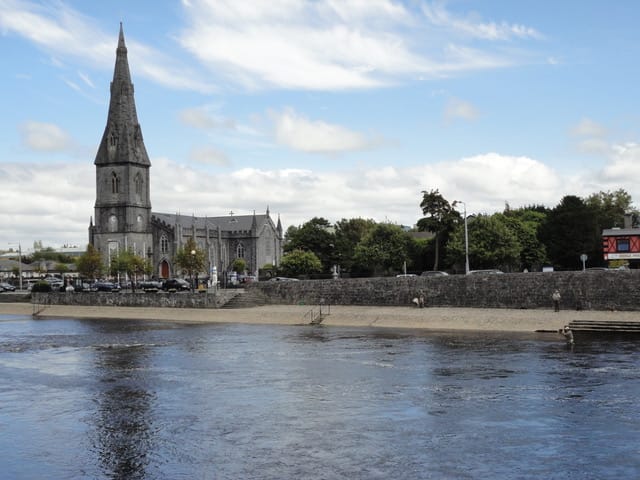Twenty-some years ago, I wrote the book Castwork: Reflections of Fly-Fishing Guides and the American West with my cousin Andrew Steketee. It never got much commercial traction, but it did garner a cult following, and it got me discovered by Field & Stream.
For all of you would-be authors out there, understand that a book is often a means to an end, rather than an end unto itself. Get that and run with it and write your book. If you think, on the other hand, that your fly-fishing book is going to make you a fortune, unless you’ve roped the unicorn, you might temper your expectations.
For me, the Castwork “means to an end” was a grad-level education on fishing and guiding in the trout world, prompting me to roll the hard miles, and see how the sausage gets made. The process made me a better angler, but it made me an even better writer, and I am forever grateful for that.
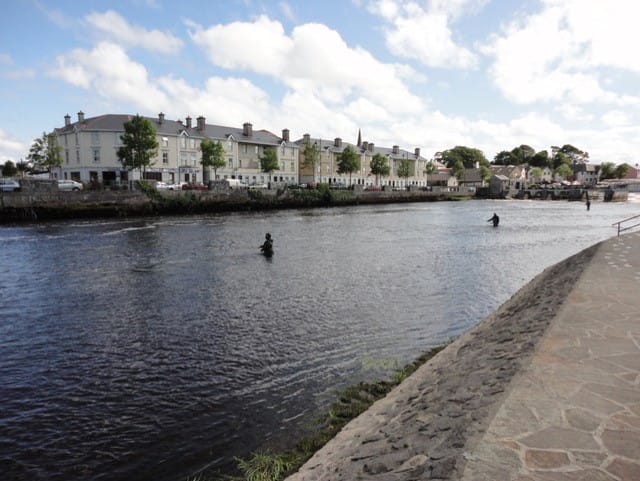
I now get asked, all the time, whether guides these days, on average, can stack up against the guides from a generation ago.
There’s no doubt that there’s been an “industrialization” of guiding within the past 20 years or so. The game has changed significantly. And some of that is sad. Not all that long ago, to be a great guide meant being a teacher… being BETTER than any angler who might hire you for insight. Now… maybe the client just wants a boat ride, or a fish scooper, or a photo taker, and there are ways to ensure instant gratification, whether that involves actually teaching the art of fly fishing, or not.
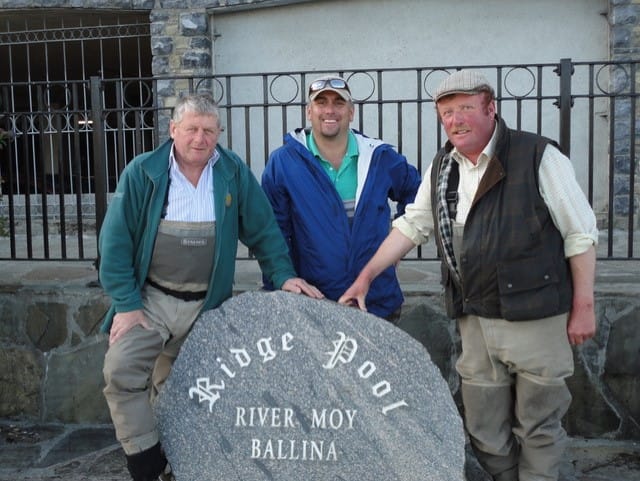
I recently had an interesting discussion about all of this with my Scottish-born friend, Marshall Bissett, comparing and contrasting fly-fishing guides in the Americas and ghillies in Europe.
If you go to Europe, and you pay for a beat on a river, a ghillie has the watchful eyes.
A ghillie isn’t there to wipe your nose, tie on your bugs and guarantee your satisfaction. A ghillie is the riverkeeper. He (or she) is the steward of a certain stretch of water. Ghillies count and record numbers of fish caught on their beats… but that isn’t about measuring the prowess of anglers—it’s about gauging the quality of the water.
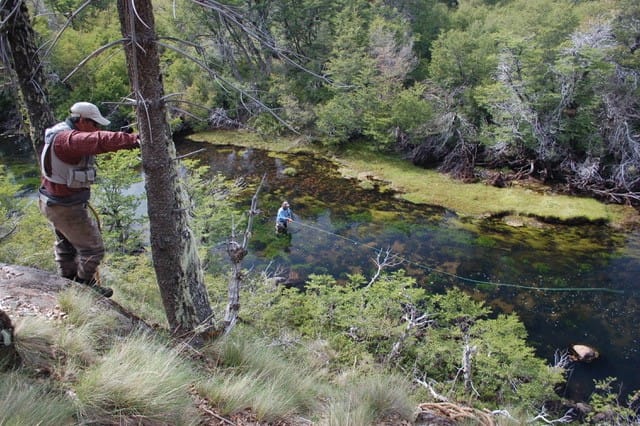
A ghillie will help you out, and offer advice and wish you well. But at the end of the day, their allegiance is with the river… and the fish. It’s like a groundskeeper or a gardener who cares more about the setting rather than the commercial flower-seller who cares about cutting and selling bouquets.
Most American guides have, seemingly, drifted more toward counting numbers as a means of measuring success. By any means possible? Sometimes. Teaching? Sometimes. Maybe.
I’m not suggesting that the Euro model of fishing—and guiding—is by any means a gold standard, especially considering that so many classic European rivers have been over-harvested into submission. In many cases, the modern ghillie must cling to stewardship in hopes of keeping any level of sustainability.
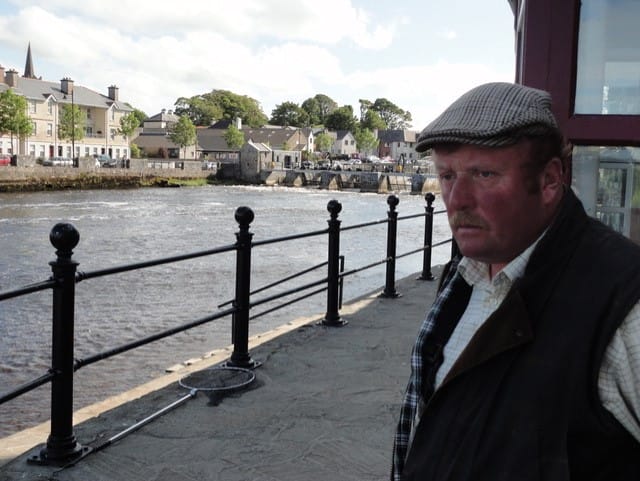
What I am saying, however, is that American guides should start thinking more seriously in the context of sharing the resources, and sustainability, so they don’t end up experiencing a generation from now the same bleak space the Euros are now. American angling is, for now, the envy of the entire world. We just need to be smart, respect one another and keep it that way.
The good news—actually, the great news—is that there are absolutely fantastic, truly “great” American guides and outfitters leading the way and setting this standard. They carry the torch, they embody the very best of the ghillie ideal, and the true mission of the guide. They’re teachers, foremost, as well as stewards. They represent the best of what fly fishing can and should be.
We need more American guides acting like ghillies these days. We need more riverkeepers. Stewards. Not fish counters.
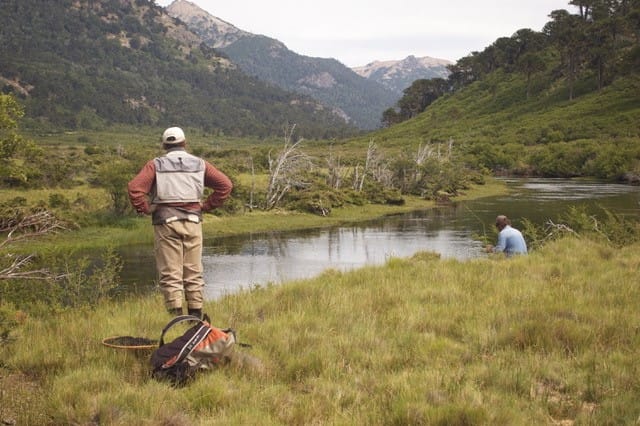
They already exist. And I strongly encourage anyone who seeks to hire a guide, to consider the “ghillie factor” when you do that.
We’ll be diving deeper into the “guides and ghillies” conversation in the spring issue of TROUT magazine.


